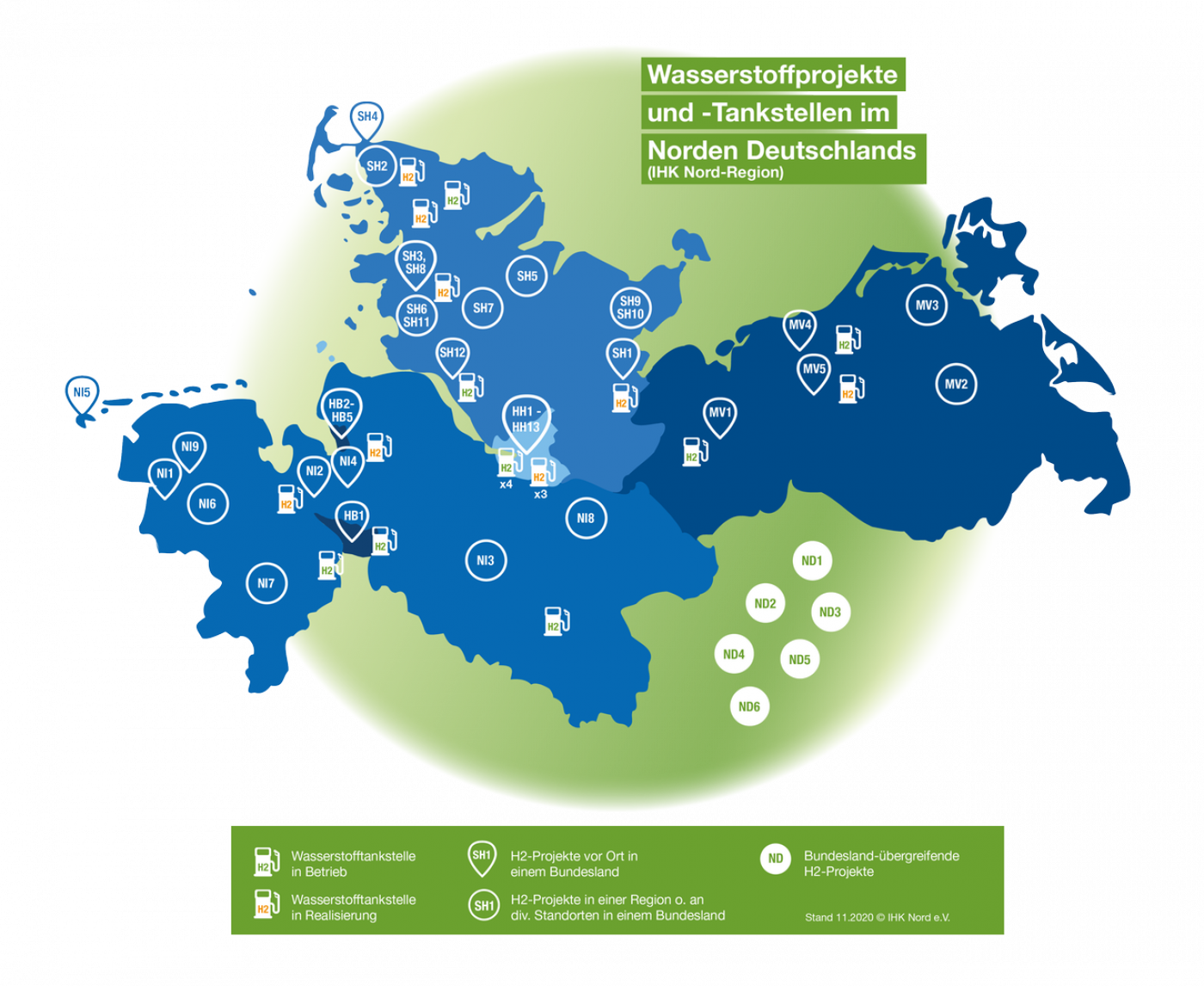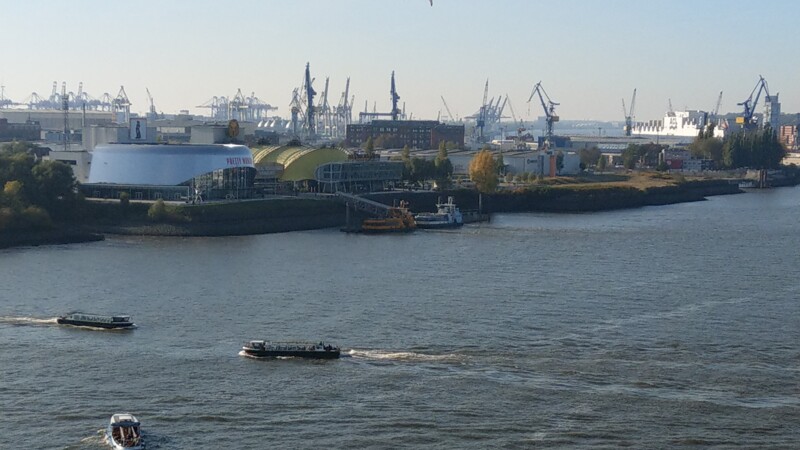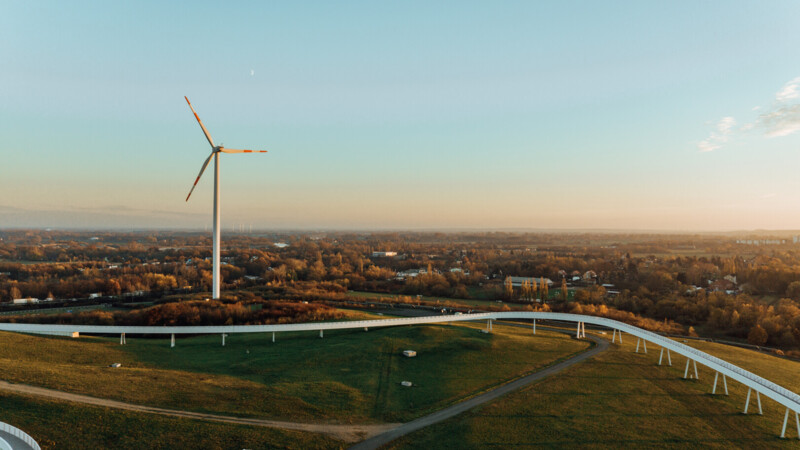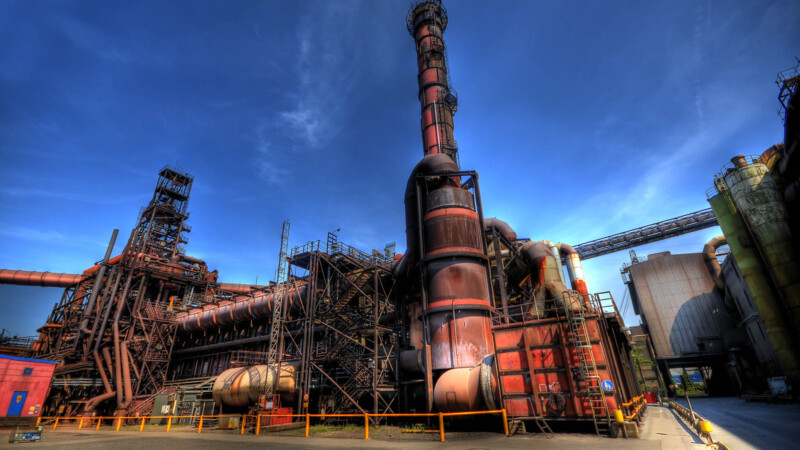A recent OECD study has confirmed that Northern Germany is particularly well suited for the development and establishment of a green hydrogen economic sector. The region has unique locational advantages for the production of renewable energies and a great potential demand for environment-friendly hydrogen – especially from industrial companies in the region. The five states bring a maximum of experience and expertise in sustainable technologies and energies as well as a high-performance infrastructure to HY-5. Research into hydrogen technologies has been conducted in the region for over 30 years, and initiatives at state level have long established key networks that drive the issue on an economic, scientific and political level.
The states of Hamburg, Bremen, Mecklenburg-West Pomerania, Lower Saxony and Schleswig-Holstein have formed a Green Hydrogen Initiative (HY-5) on initiative of IHK Nord to implement the North German hydrogen strategy, a press release said Tuesday (December 1, 2020). The new initiative aims to turn northern Germany into the strongest emerging region for green hydrogen in the heart of Europe and to complete the value chain for environment-friendly hydrogen.
North Germany pioneering wind energy
Path to green hydrogen economic sector
Green hydrogen is an environment-friendly energy carrier that could replace oil and gas in future. It is also an important raw material for the chemical industry. The long-term benefits include the decarbonisation of the economy, greater competitiveness, structural change and climate protection. Thus, the initiative will encourage other companies, think tanks, research institutions and start-ups to establish themselves in northern Germany to develop solutions for green hydrogen with local stakeholders. The overall goal is to create a green hydrogen economic sector in northern Germany by 2035. The North German Hydrogen Strategy plans to install at least 500 megawatts of electrolysis capacity for the production of green hydrogen as early as 2025. By 2030, the capacity is to be increased to at least five gigawatts and thus by a factor of ten. Dr. Bernd Buchholz, Minister for Economics, Transport, Labour, Technology and Tourism in Schleswig-Holstein, commented: "HY-5 bundles our forces and we are demonstrating the enormous potential of hydrogen technology in our region."
Around 50 hydrogen projects in north Germany
In six regulatory sandboxes or real-living laboratories funded by the German government, companies, research institutes, universities and start-ups are working on future-orientated hydrogen projects focusing on the decarbonisation of industry, sector coupling or electrolysis. The northern German states are well-positioned in terms of infrastructure. Locational benefits include more than a dozen seaports with logistics and import terminals which plan to expand their capacities for importing hydrogen. The north German region is as large as Denmark and the Netherlands together. The region is home to 15 million people who generate a gross domestic product (GDP) of more than EUR 600 million putting it seventh in the EU country ranking.

North Germany is at the centre of future hydrogen markets along Europe's North and Baltic Sea coasts. On 2,400 kilometres of coastline, numerous onshore and offshore wind turbines as well as a high number of solar generators ensure the provision of green energy, part of which goes unused due to grid bottlenecks. Harry Glawe, Minister for Economics, Labour and Health in Mecklenburg-West Pomerania, noted: "The storage of electricity from sustainable energy sources onshore and offshore is important and must be usable in other sectors."
Potential clients in key Industries
Moreover, a hydrogen pipeline, geological underground formations such as storage caverns and a fully developed natural gas network infrastructure offer ideal conditions for intermediate storage and transport. Dr. Bernd Althusmann, Lower Saxony's Minister for Economics, Labour, Transport and Digitalization, pointed out: "We have a high production of electricity from renewable energies, the infrastructure required for storage, transport and distribution of hydrogen, as well as a wide range of possible uses in energy, transport and industry." Potential clients can be found in many key industries e.g., steel, the chemical industry, the automotive industry, aircraft construction, shipbuilding, medical technology, the pharmaceutical industry, the food industry and agriculture.
Europe's think tank for hydrogen economy
Northern Germany is home to a high density of excellent research and science facilities. At present, within a radius of about 200 kilometres, scientists are active at two dozen universities and universities of applied sciences, over 20 Fraunhofer Institutes, Helmholtz centre, energy research networks and the German Aerospace Center (DLR). Several hundred companies are involved in the north German hydrogen strategy including global players such as Siemens, Shell, Total, ArcelorMittal, Aurubis, Alstom, Continental, Salzgitter AG, Linde, VW, Bosch, MAN and EWE as well as innovative start-ups and specialists like GP Joule, HYPION or APEX Energy. Thus, these north German states play a crucial role in the achievement of climate protection goals and are pivotal to the success of the energy transition in Germany.
High-performance ecosystem of commerce, science and start-ups
All these factors render northern Germany a highly-qualified region, perfectly suited to developing a dynamic hydrogen sector. This also provides strong incentives for value creation, innovation and economic growth, which will boost the development of qualified employment opportunities in the region. Andreas Heyer, Chairman of the Management Board of WFB Wirtschaftsförderung Bremen GmbH, stressed: "We are clearly committed to hydrogen as a technology of the future and to a strong northern German alliance. We and our north German neighbours are working with the alliance to attract companies and investments to the north."
sb/pb
Sources and further information
More
Similar articles

Joint NEW 4.0 project - a blueprint for energy transition?

Hydrogen to develop leverage for new era

Hamburg's Energie Dock seeking to avoid constraints in energy grid
